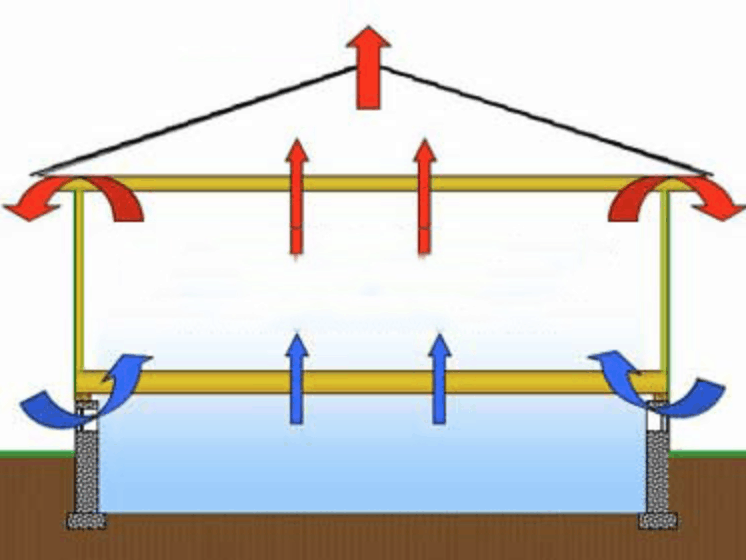The increased use of cookers and gas-powered boilers could possibly lead to an increase in NOx (Nitrogen Oxide) pollution during the oncoming winter period. This is according to a new report published by the Energy and Climate Intelligence Unit (ECIU).

There are over 20 million gas boilers in use across the UK. Less than 5% of homes get their heating from low carbon sources currently. Combustion from gas appliances accounts for around 21% of total NOx (Nitrogen Oxide) emissions in and around London.
As more time is spent working from home, it is estimated that boiler use will increase by over 50% this winter, and according to the report from the Energy and Climate Intelligence Unit, this increase will offset progress made in reducing transport emissions.
90% of people at the UK Climate Assembly supported a gas boiler ban. The Heat and Buildings Strategy, expected in the next 12 months, should give an indication of how the Government is going to address the carbon emissions and air quality impacts associated with gas heating.
Gas to Wood.
Burning wood is a clean and sustainable way to heat your home. However, despite advances in stove design, it’s important to understand that a stove, like any other heating source, can increase pollution in a home if you fail to take on board a number of key considerations.
Wood Burning Stoves and Indoor Air Quality:
Old, inefficient wood-burning stoves can have a dramatic impact on the indoor air quality in a home. Below are a few points for consideration to improving indoor air quality if you burn wood on a stove:
1. Flue – Always ensure the flue is correctly fitted and is a suitable design for your home and stove. A poorly fitted flue will cause significant issues with how gases are removed from your fire. A congested flue, even if it is perfectly fitted, will increase the chances of smoke entering the room, so always ensure a flue is cleaned regularly. This article outlines more about chimney sweeping.
2. Your Stove – A high-efficiency wood-burning stove will improve the indoor air quality of your home. The main reason for this is that a high-efficiency stove burns more particular matter – so less pollution will be leaving the stove as gas/smoke whether that be up your flue or accidentally into your room.
3. Seasoned Wood – Burning wet wood will produce a poor heat output and lots of smoke! It goes without saying, only ever burn seasoned wood. Learn more about the importance of seasoned wood.
4. Using an Active Baffle – An active baffle, used in the Charlton & Jenrick range, is designed to help warm a flue up. They are also very useful when it comes to reducing the amount of smoke entering a room when refuelling with wood, thus helping lower indoor air quality.